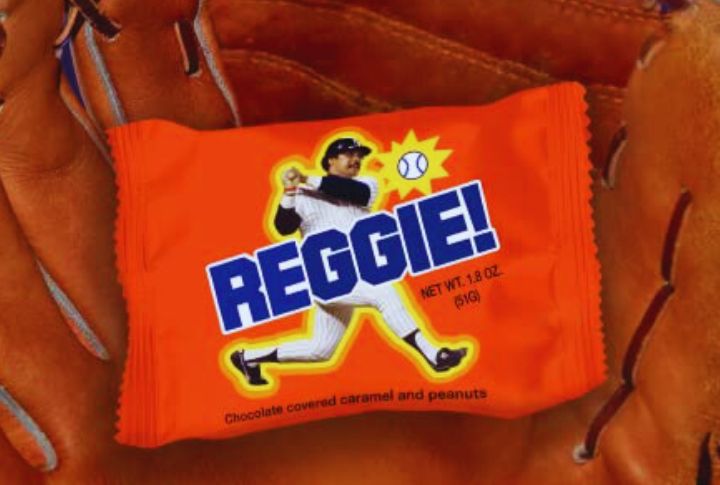
Ever think about a candy bar that vanished before you were ready to say goodbye? Some faded quietly, others became collector obsessions, each leaving behind more than a sugar rush. These forgotten sweets still spark nostalgia and curiosity among collectors and candy lovers alike. Keep reading as we unwrap the stories that refuse to fade.
PB Max
Launched around 1990, PB Max should have been unstoppable: peanut butter atop a cookie base, coated in milk chocolate. Yet rumor says Mars’s executives personally disliked peanut butter, dooming its fate. Fans still miss the crunch, the salt, and the unmistakable richness that vanished with its short-lived run.
Coconut Grove
Coconut Grove captured a tropical daydream in a wrapper. Made by the Curtiss Candy Company, this candy leaned heavily on its main ingredient—sweetened coconut—for both flavor and texture. Collectors prize it not for innovation but for representing an era when simple ingredients defined indulgence.
Caravelle Bar
Peter Paul’s 1965 Caravelle Bar proved that simplicity can be timeless. Caramel and crisped rice met a smooth layer of milk chocolate to create a subtle, satisfying bite. It never became a blockbuster brand, but its quiet charm still earns nostalgic mentions among vintage candy enthusiasts.
PowerHouse Bar
Just imagine dessert hitting the gym—that was the PowerHouse Bar. A slab of caramel held peanuts together over a base of fudge so dense it almost flexed back. Peter Paul Candy Company, creator of Almond Joy, sold it with strongman ads until it faded into nostalgia.
The Marathon Bar

Few candy bars ever bragged about their length, but the Marathon Bar did, quite literally. Mars released this braided, eight-inch caramel-and-chocolate ladder in 1973, complete with a ruler printed on the wrapper. Ads dared people to finish it quickly. In Britain, the same name once belonged to what Americans know as Snickers.
Milkshake Bar
Hollywood Candy Company bottled nostalgia into the Milkshake Bar. Born in 1927, this bar promised malted milk flavor in solid form and even invited buyers to freeze it like ice cream. Its creamy center and milky sweetness made it an icon of the soda-fountain era—a novelty turned collectible.
Seven Up Bar
Before “assorted” was a trend, Pearson’s gave candy lovers seven flavors in one wrapper. The Seven Up Bar—filled with caramel, fudge, coconut, and other surprises—felt like opening a tiny box of chocolates. Its run ended in the 1970s, but fans still recall it as the most adventurous candy of its day.
Reggie Bar
Few confections carried celebrity swagger like the Reggie Bar. Named after Yankees legend Reggie Jackson, Reggie mixed peanuts, nougat, and fudge beneath milk chocolate. In fact, when Jackson homered, fans famously tossed them onto the field. Curtiss Candy’s tribute to baseball fame became short-lived history but eternal sports folklore.
Summit Bar
The Summit Bar stacked layers of wafer and peanut under a glossy chocolate shell—a cousin to the Kit Kat with extra crunch. Made by the D.L. Clark Company, this bar earned quiet devotion before fading from shelves. Collectors chase it today for its balanced sweetness and unmistakable 1980s charm.
Tango Bar
Before modern branding confused things, Chicago’s Bunte Brothers made the original Tangos bar in the 1910s as one of the earliest peanut-and-chocolate combinations on record. Later, Cadbury borrowed the name for an orange-flavored Crunchie spinoff in 2000. The original remains a prized relic of candy’s experimental beginnings.

